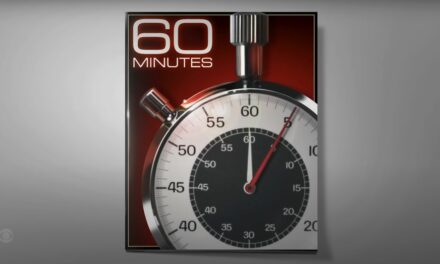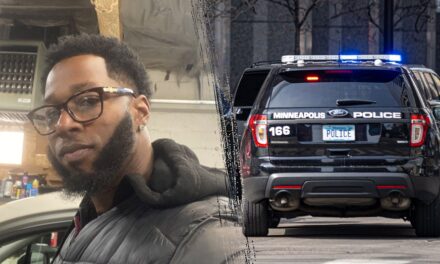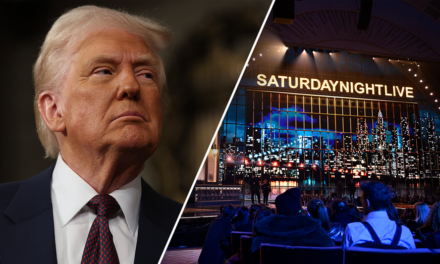As the political landscape in the United States continues to shift, concerns have arisen within Democratic circles regarding the unexpected inroads former President Donald Trump has made into what has long been considered Democratic territory—urban America. The traditional “blue wall,” often a reliable base for progressive candidates, is showing signs of vulnerability according to recent remarks by Rep. Ritchie Torres.
Rep. Torres, a rising Democratic star known for his straightforward approach, issued a stark warning that should not be taken lightly. These urban areas, characterized by their diversity and historical allegiance to the Democratic Party, are witnessing a growing Republican presence, which Torres terms as a “cause for alarm” for the Democratic establishment.
Urban centers such as New York City, Chicago, Los Angeles, and others have historically been critical to Democratic electoral strategies. Their dense populations and progressive social policies typically align closely with Democratic ideals. However, recent data suggests that Trump and his Republican allies are making inroads that could potentially alter the political equilibrium.
Key factors contributing to this shift include economic grievances, perceptions of crime, and dissatisfaction with urban governance. The ongoing debates about policing and public safety, coupled with economic struggles amplified by the pandemic, have created a fertile ground for the Republican narrative to take root.
Crime rates in cities, although complex and fluctuating, have been leveraged by Trump and his allies to craft a narrative of ineffective Democratic leadership. The former president has continually utilized platforms and rallies to amplify these concerns, appealing to urban residents who feel unsafe or economically insecure. This strategy has resonated with some urban voters who previously may have been staunch Democratic supporters.
Additionally, the Republican message on economic revival and opposition to restrictive COVID-19 policies resonate with a segment of urban populations hit hard by pandemic measures. Business owners and working-class individuals who saw their livelihoods affected were susceptible to a message promising economic rejuvenation and a return to normalcy.
The shifts in urban political alignment are further complicated by emerging rifts within the Democratic Party itself. Disagreements over the extent of progressive policies, debates about law enforcement funding, and varied approaches to climate change and economic policy have created internal divisions. These issues, compounded by the growing influence of a younger, more diverse electorate within cities, make maintaining cohesive political strategies challenging.
Rep. Torres has urged Democratic leaders to address these concerns by doubling down on efforts to bridge the divides and refocus on the needs of urban constituents. Engaging in proactive policy-making that directly targets crime reduction, fosters economic growth, and effectively tackles health disparities is crucial. Reinforcing the Democratic message about inclusivity and prosperity will be essential in retaining and gaining the trust of urban voters.
The potential weakening of the “blue wall” transcends mere electoral calculations; it raises profound questions about the shifting dynamics within American political and social contexts. If urban centers, which are hubs of diversity and innovation, begin to sway away from Democratic strongholds, it could signal larger, more complex changes in how Americans perceive political affiliation and governance.
The implications for future elections are significant. With the midterms and presidential races on the horizon, understanding and responding to these shifts becomes not just advantageous but necessary for Democratic strategists. The Democrats’ traditional playbook of relying heavily on urban votes may need an urgent update to address the current realities of urban dwellers.
Furthermore, the changing demographics of urban areas also play a critical role. Increased migration, socio-economic challenges, and evolving cultural attitudes require nuanced approaches that may not fit neatly into the party’s existing frameworks. Successfully capturing this evolving electorate will involve not just addressing their immediate concerns but also offering a compelling vision for the future that resonates on a personal level.
As Trump continues to galvanize support across these traditional Democratic bastions, his strategy raises the stakes for a more vibrant bipartisan competition in historically one-sided areas. It also challenges the Democratic Party to re-evaluate its priorities and messaging to meet the needs of its evolving base while still adhering to its foundational principles.
Rep. Torres’s warning serves as a call to action for the Democratic Party to become more introspective and adaptive. The need to cultivate urban alliances, listen to constituent grievances, and implement comprehensive solutions is now more pressing than ever. Only by addressing these deep-seated issues can the Democrats hope to maintain their influence within America’s cities.
In conclusion, the eroding of the Democratic “blue wall” in urban America by Donald Trump has set off alarm bells for the party. As it navigates these uncharted waters, the Democratic Party faces the task of innovating its strategies and policies to reconnect with a broad and diverse urban constituency. This endeavor will not only shape the direction of the party but will also have lasting impacts on the broader American political landscape for years to come.
































